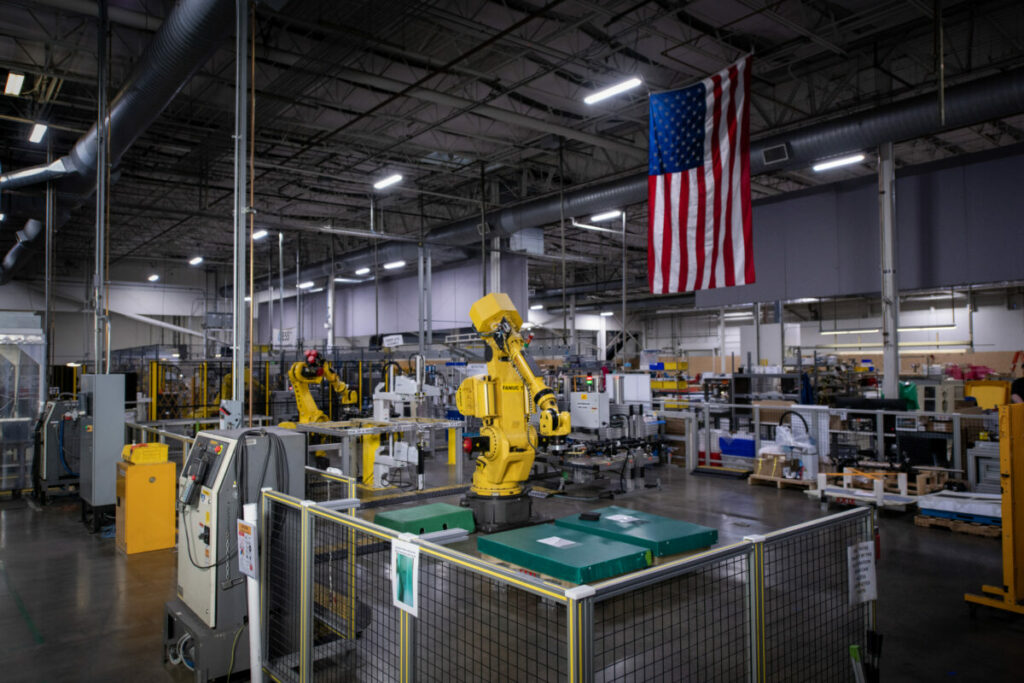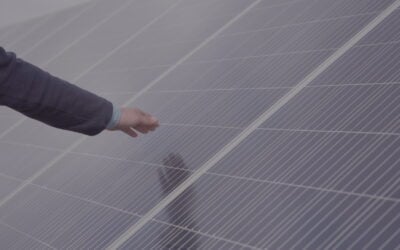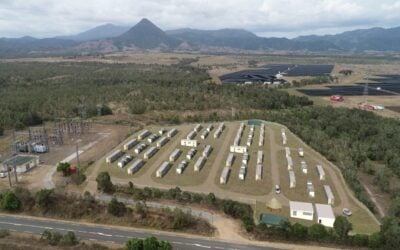
The US government has announced US$4 billion in tax credits for over 100 projects under the Qualifying Advanced Energy Project Tax Credit (48C) scheme, of which US$2.7 billion has been allocated for clean energy manufacturing projects, including solar PV.
The scheme was established under the 2009 American Recovery and Reinvestment Act, and given an additional US$10 billion under the 2022 Inflation Reduction Act (IRA), as the US looks to expand its domestic manufacturing of a number of clean energy technologies. The initiative grants an investment tax credit as high as 30% for projects that meet what the Department of Energy (DOE) called “prevailing wage and apprenticeship requirements.”
The scheme is operated by the DOE, the Department of Treasury (DOT) and the Internal Revenue Service (IRS), and the majority of funding has gone towards what the DOE calls “clean energy manufacturing and recycling” projects. This funding forms the first round of the initiative, with the DOT noting that it will issue a notice for the second round of allocations “in the coming months”.
While the department did not specify how much of the funding would go towards specific technologies, such as solar PV, it noted that projects receiving funding included clean hydrogen fuel cells, energy storage and grid infrastructure and electric vehicles.
Try Premium for just $1
- Full premium access for the first month at only $1
- Converts to an annual rate after 30 days unless cancelled
- Cancel anytime during the trial period
Premium Benefits
- Expert industry analysis and interviews
- Digital access to PV Tech Power journal
- Exclusive event discounts
Or get the full Premium subscription right away
Or continue reading this article for free
Of the funding, US$800 million will go towards recycling, processing and refining of critical minerals, while US$500 million will be committed to industrial decarbonisation projects.
The DOE also noted that it received 250 applications from projects, requesting a total of US$13.5 billion in tax credits, with individual applicants seeking anywhere between US$1-100 million.
To read the full version of this story, visit PV Tech.





